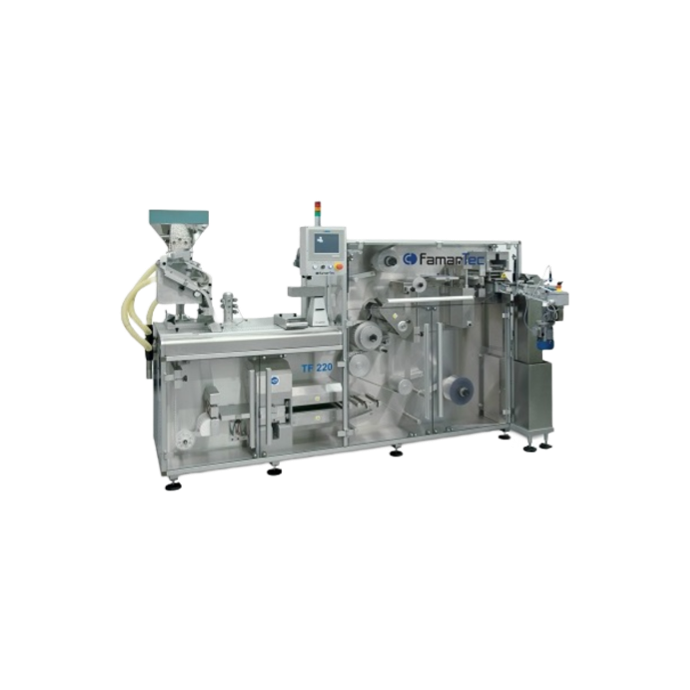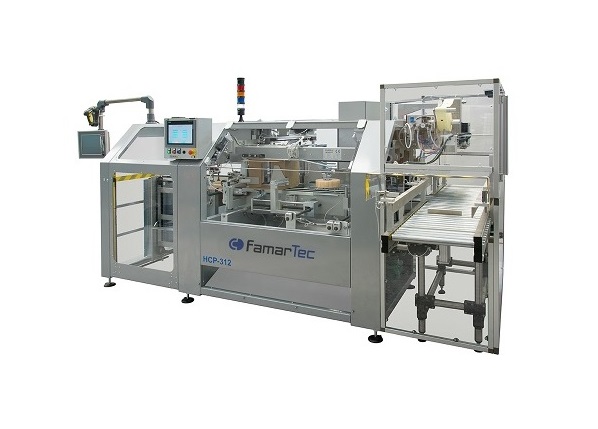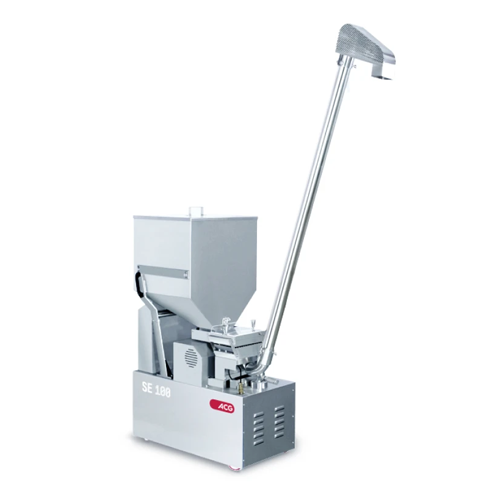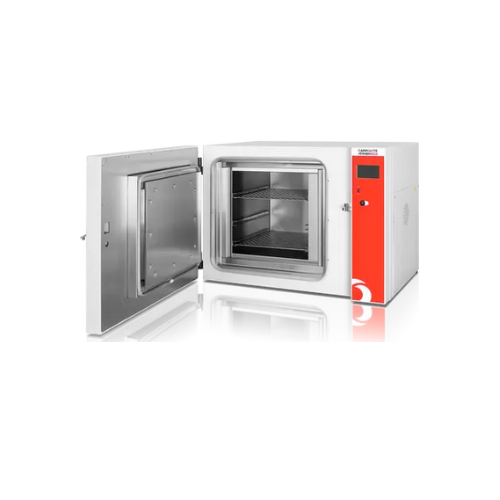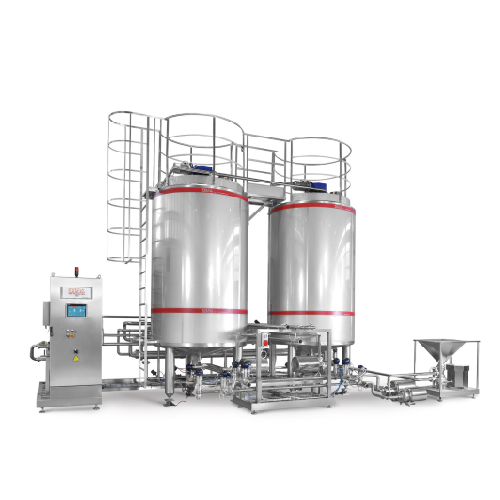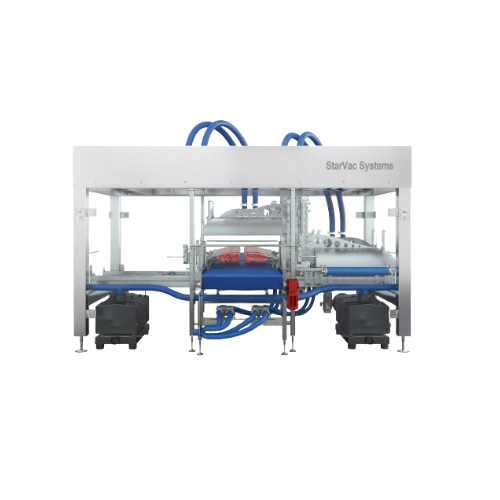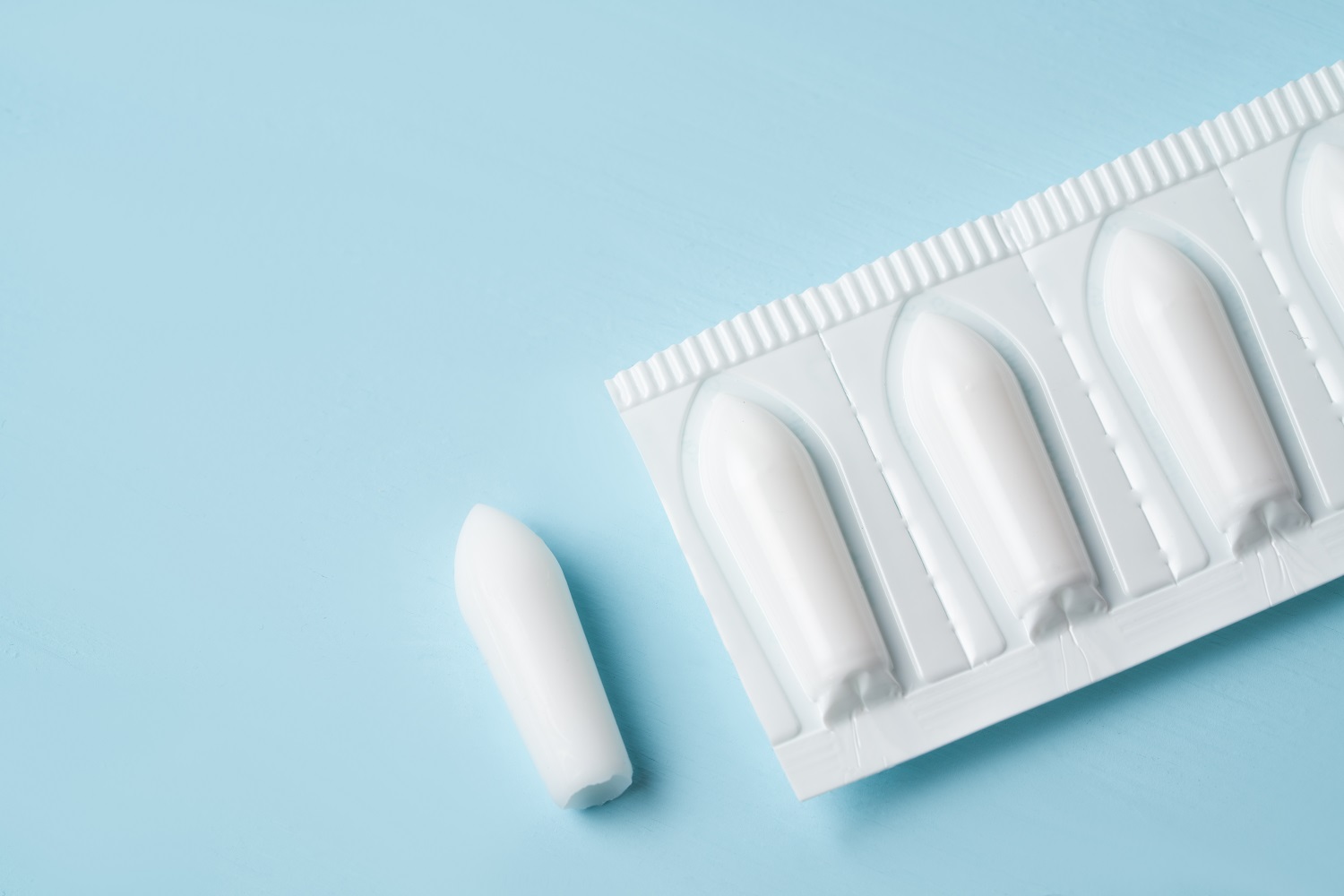
Making Suppositories
Find innovative production technology for making suppositories and connect directly with world-leading specialists
Suppositories consist of active pharmaceutical ingredients encased in a non-active base material. The sustained release of medication makes suppositories a preferred option for the long-term treatment of chronic conditions like diabetes, anemia, and AIDS.
Tell us about your production challenge
Manufacture suppositories by fusion molding or double casting
Most suppositories are produced by fusion molding. In this process, you melt the excipient base and mix in the active pharmaceutical ingredients. After the formula has cooled off, suppositories are ready for packing.
Double casting introduces a new approach to suppository manufacturing. To do this, you need to re-melt and re-form the original mixture of medication and excipient. The method ensures a more even distribution of the active ingredients and adjusts the composition according to the volume density of the drugs.

Calculate the temperature range of suppository excipients
The formulation of suppositories depends on your intended speed of drug delivery. To control the release of the medicinal, you need to consider the melting range at which the excipient material starts to melt and is completely dissolved.
The solidification point presents another crucial manufacturing factor and determines the storage and refrigeration conditions required to keep the finished product in optimum condition.
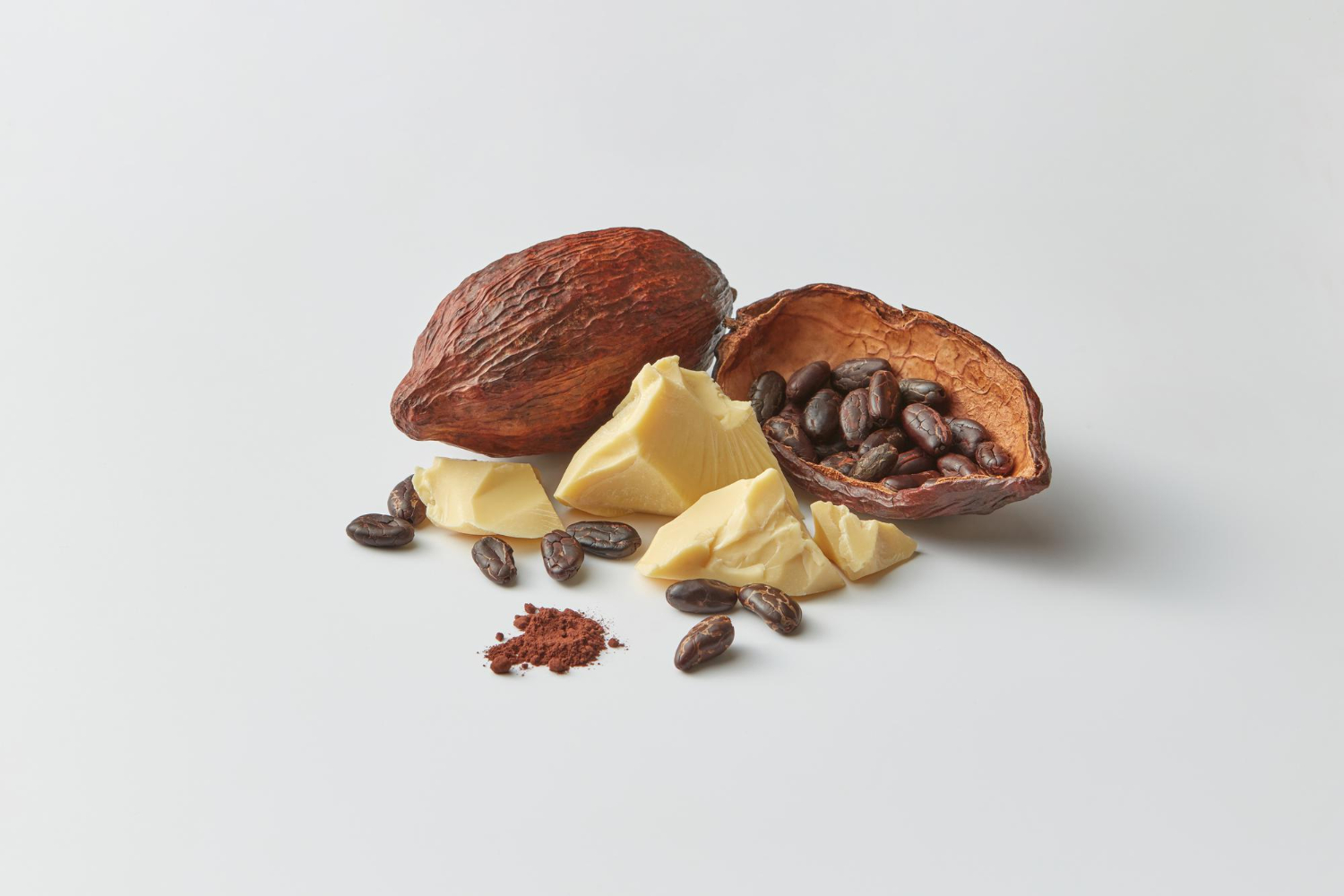
Cocoa butter for your suppository base
A majority of formulations use theobroma oil (cocoa butter) as a base for suppositories. It is relatively easy to form, melts at body temperature, and is nonreactive. Like other fat-based excipients, however, it may liquefy when combined with certain types of drugs.
Water-based alternatives do not depend on body temperature to release the active ingredients. Instead, materials such as glycerinated gelatin or polyethylene glycol (PEG) dissolve in body fluids.
Suppositories bypass the digestive system for higher effectiveness
Suppositories offer an effective way of treating the local areas where they are administered. But they can also be designed to deliver medicine to other parts of the body directly through the bloodstream.
This curing method is recommended by physicians to prevent active agents from breaking down too quickly in the gut or being altered in the gastrointestinal tract.
Processing steps involved in suppositories making
Which suppositories technology do you need?
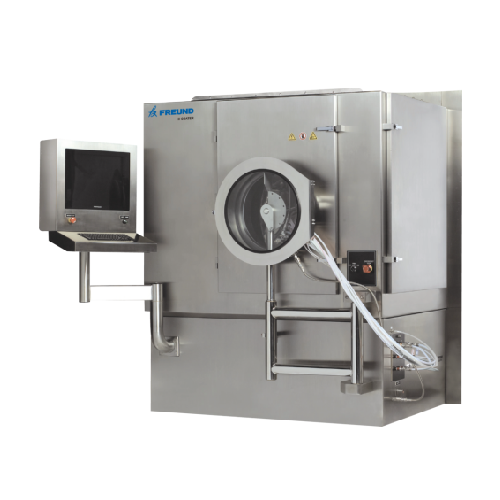
Tablet coating system for aqueous, solvent, and sugar films
Achieve precision coating with flexible application capabili...
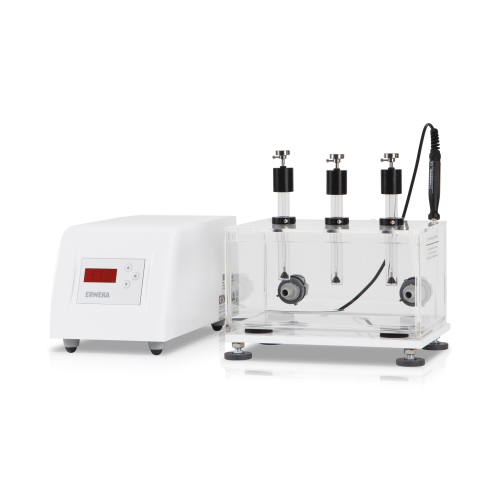
Suppository penetration tester for softening time measurement
Ensure reliable softening assessments of suppositories wit...
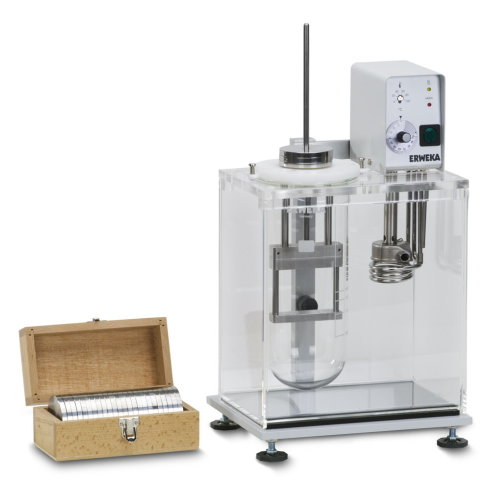
Suppository hardness tester
Ensure consistent suppository quality by accurately measuring the force required for collapse, p...
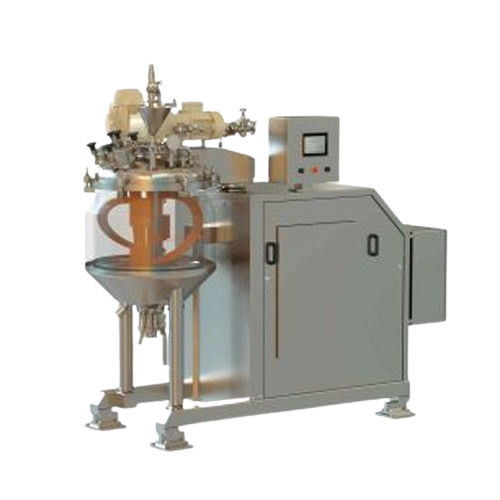
Vacuum mixer for liquids and semi-solids
Achieve precise mixing and homogenization of liquid and semi-solid formulations wi...
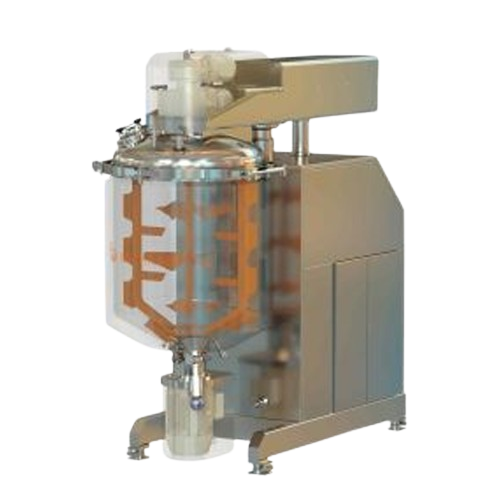
Vacuum mixer reactor for liquids and semi-solids
Achieve precise mixing and emulsification of complex liquid formulations ...
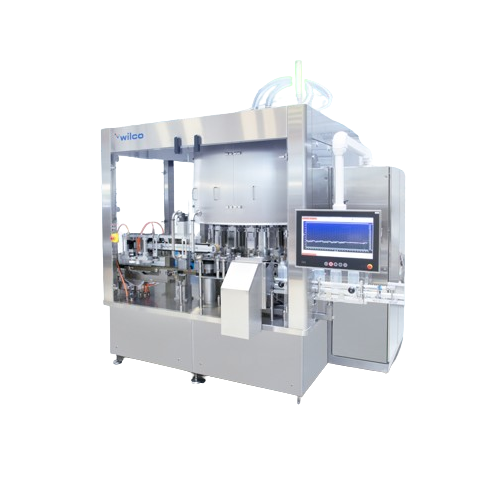
Automated Cci tester for pharmaceutical containers
Ensure the integrity of every pharmaceutical package swiftly with high...
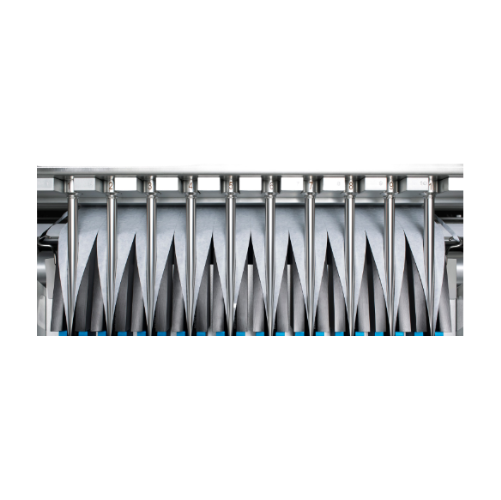
Stick pack packaging for pharmaceutical products
Enhance your production efficiency with compact stick pack solutions, off...
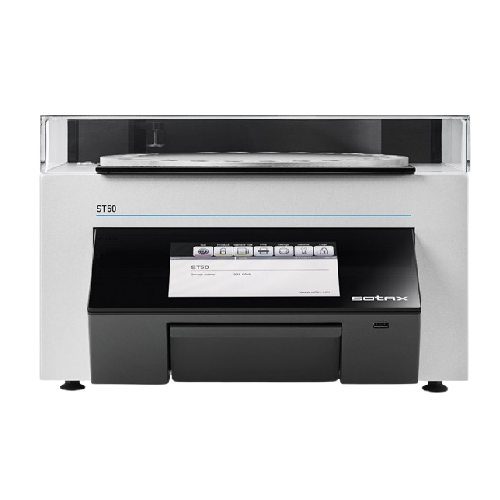
Semi-automatic tablet hardness tester
Optimize your tablet production with precise and reliable testing of hardness, dimens...
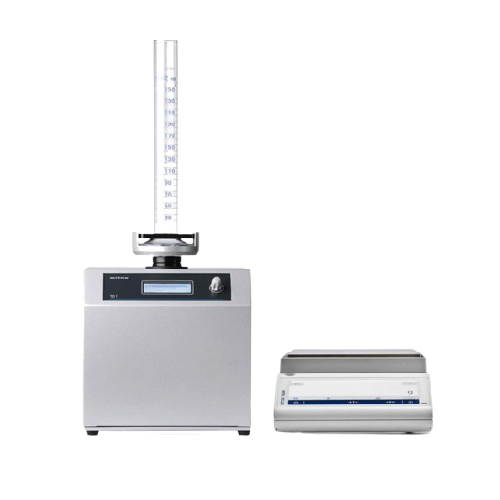
Tapped density tester for pharmaceutical powders
Ensure precise quality control in pharmaceuticals by accurately measuring...
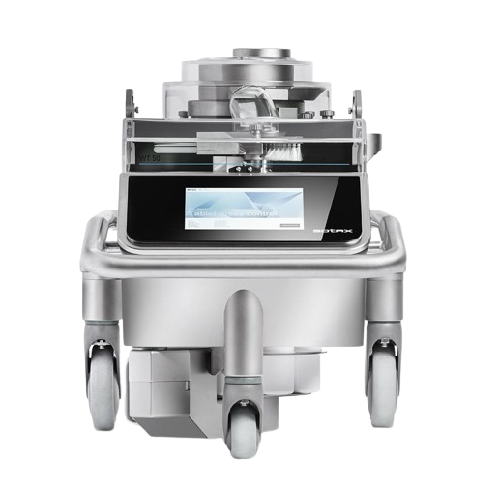
Automated weighing system for tablets
Ensure precision in pharmaceutical manufacturing by seamlessly integrating advanced w...
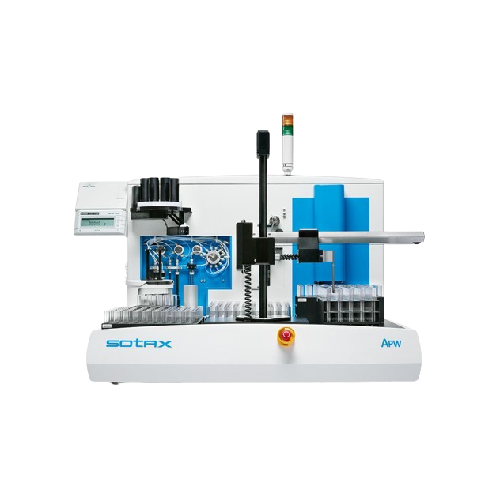
Automated sample preparation workstation for lab efficiency
Streamline laboratory operations by automating sample prepar...
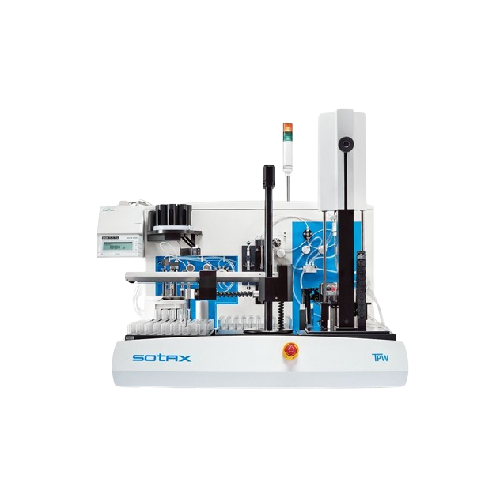
Automated sample preparation workstation for content uniformity testing
Streamline your laboratory workflows with autom...
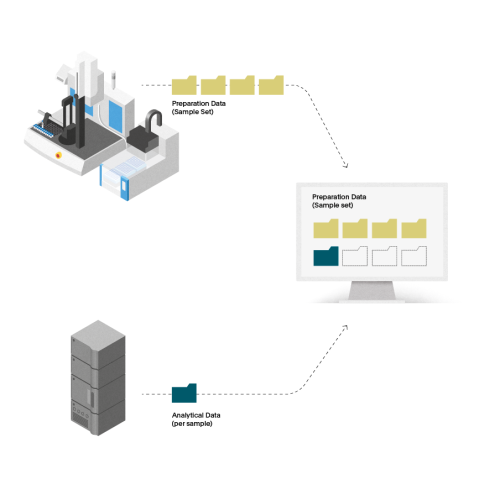
Automated sample preparation software for pharmaceutical testing
Streamline your laboratory’s sample preparation w...

Dissolution medium preparation system
Streamline your laboratory workflows with a system that prepares and manages dissolut...
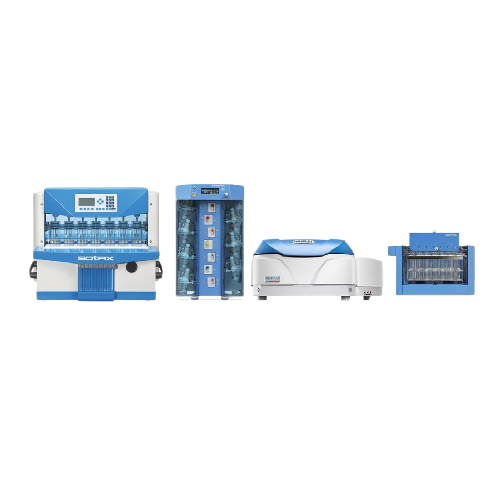
Automated flow-through cell dissolution testing system
Enhance precision in dissolution testing with real-time UV-Vis ana...
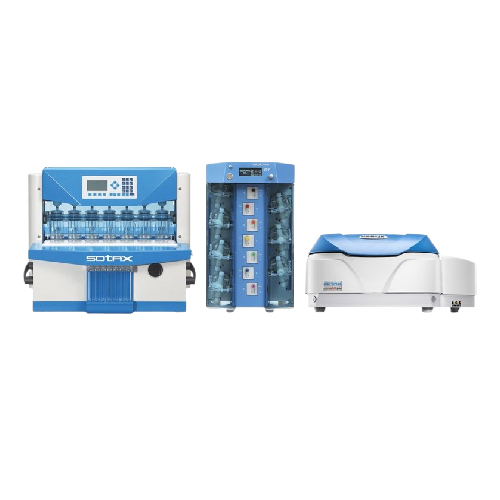
Flow-through cell dissolution testing with Uv analysis
Effortlessly monitor real-time dissolution with flow-through cell ...
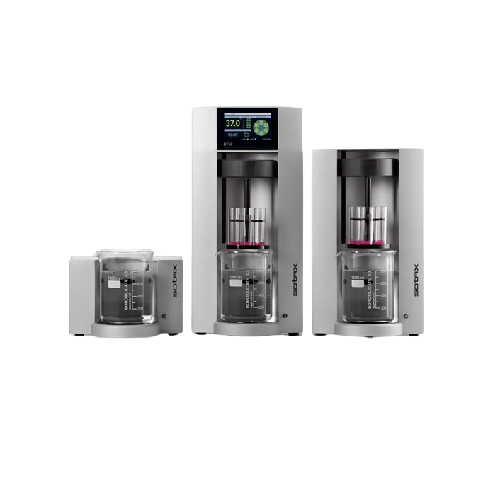
Bathless disintegration apparatus for tablet and capsule testing
Achieve rapid and precise disintegration testing of tab...
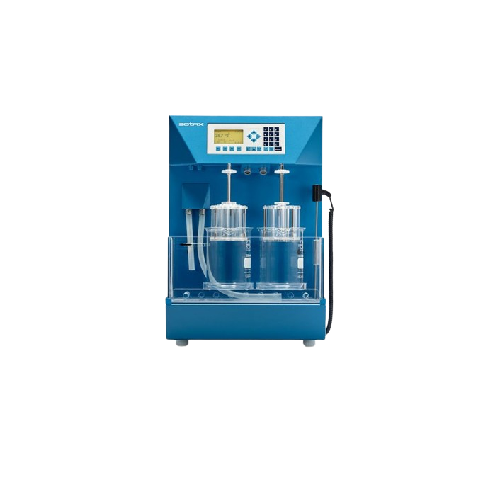
Manual tablet disintegration tester
Ensure precise and reliable disintegration testing of pharmaceutical tablets, capsules,...
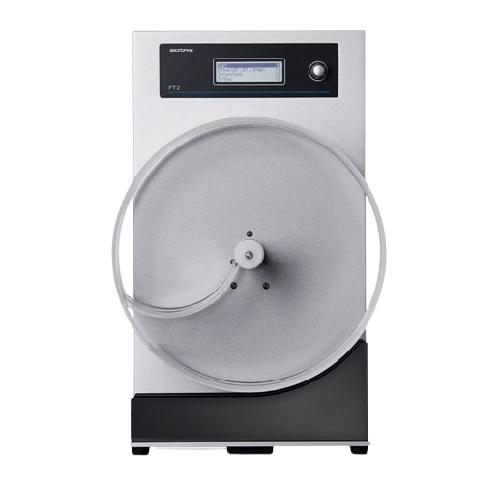
Tablet friability tester
Ensure your tablets meet rigorous quality standards by accurately measuring friability and abrasion,...
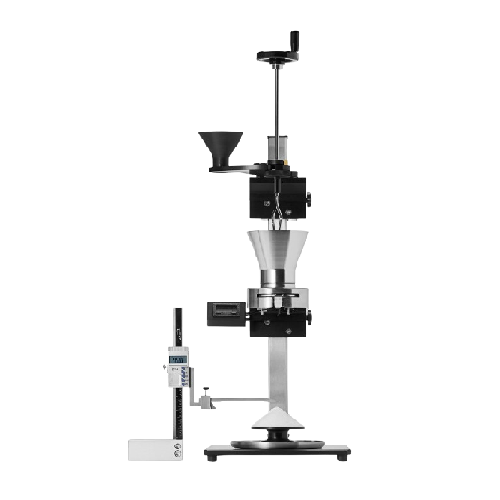
Powder flow tester for pharmaceutical powder flowability
Quickly assess powder flow characteristics to ensure consistent ...

Multi-parameter tablet hardness tester for laboratories
Optimize your tablet production line with a versatile tester that...
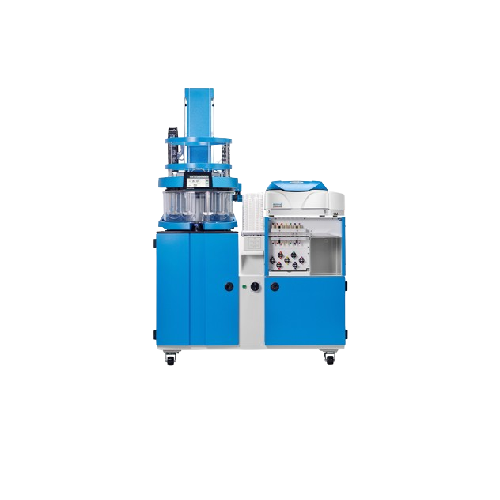
Advanced dissolution tester for pharmaceutical laboratories
Achieve consistent and reproducible dissolution results with...
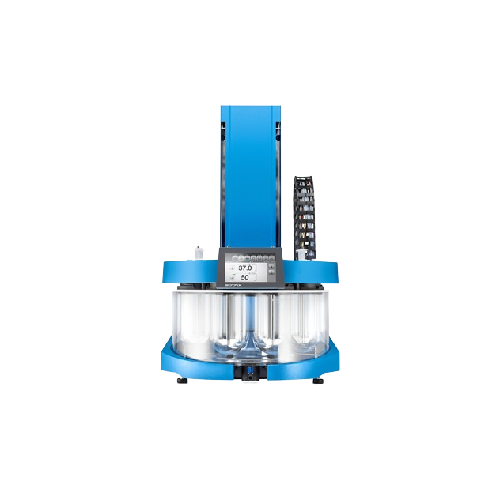
Manual dissolution tester for pharmaceutical applications
Achieve precise and repeatable sampling in pharmaceutical test...
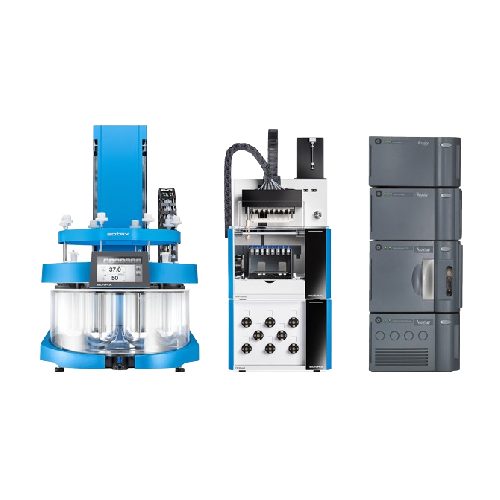
Automated dissolution testing with direct Hplc injection
Streamline your lab operations with precise and efficient direct...
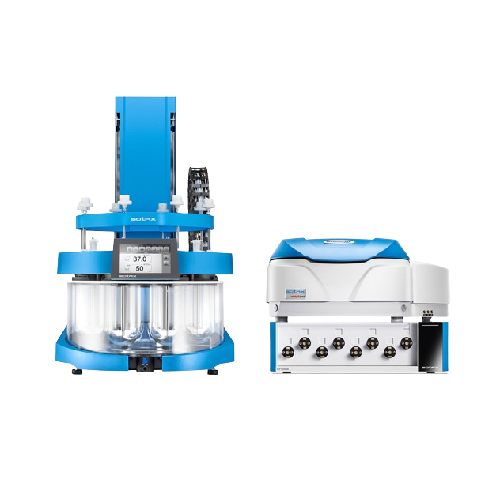
Integrated Uv-vis spectrophotometer for dissolution testing
Streamline your dissolution testing with real-time UV-Vis an...
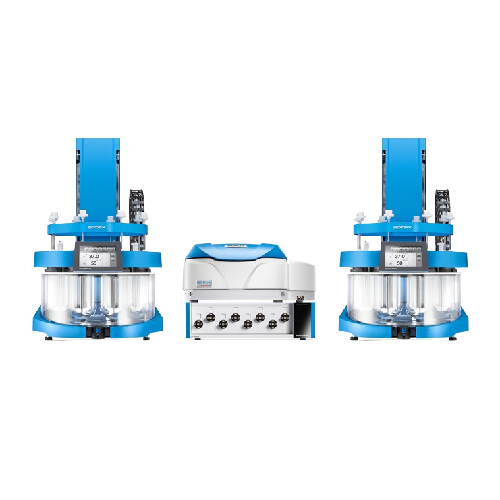
Real-time Uv-vis analysis for dissolution testing
Efficiently perform dual dissolution tests simultaneously, seamlessly i...

Automated dissolution testing system for 16 vessels
Maximize your laboratory throughput by conducting parallel dissolutio...
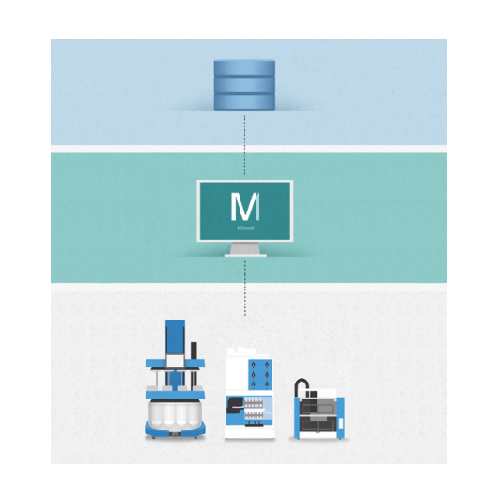
Dissolution testing software for automated analysis
Streamline your laboratory testing with seamless data capture and in-...

Dissolution testing software for pharmaceutical industry
Optimize dissolution testing with advanced software that manages...
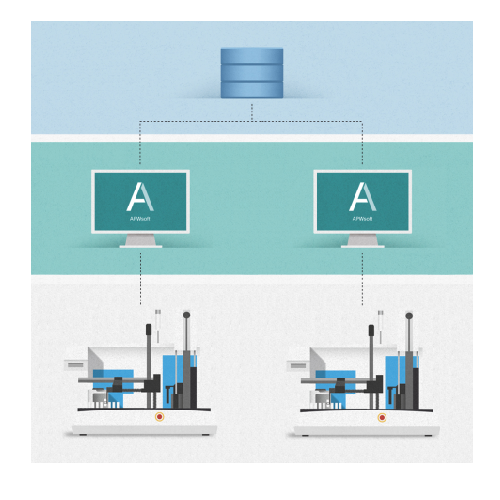
Automated sample preparation software
Enhance your laboratory’s efficiency with a software solution that automates sa...

Benchtop dissolution tester for multiple test runs
Streamline your laboratory’s workflow with a fully automated ben...
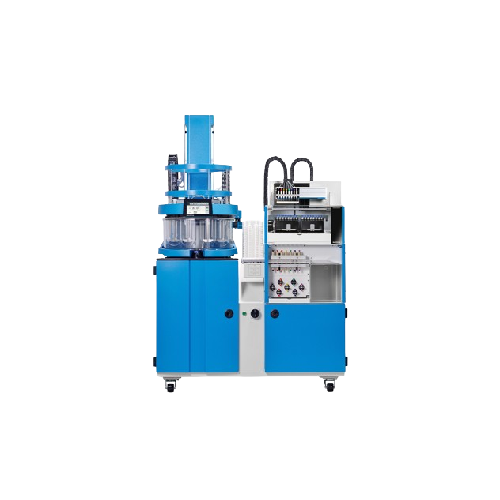
Self-cleaning dissolution tester for automated series testing
Achieve unparalleled precision in dissolution testing with...
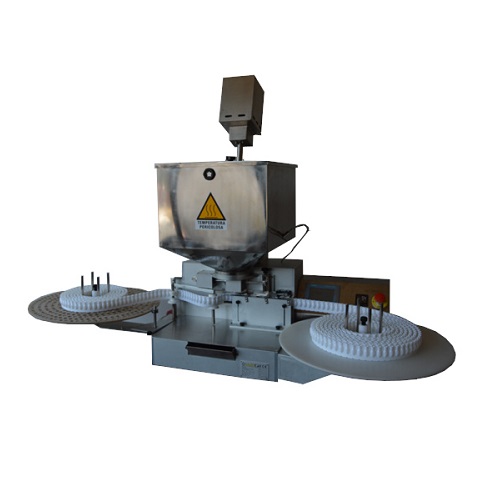
Suppository filling machine
Small-to-medium scale production of suppositories using pre-formed shells can be slow where manu...

Capsule checkweigher
The production of pharmaceutical capsules requires that individual doses are checked for accuracy. In a ...

Case packer for cartons and bundles
Pack cartons and bundles into RSC (Regular Slotted Case) cases and perform functions li...
